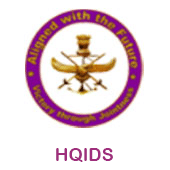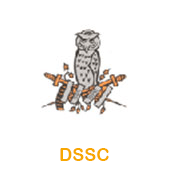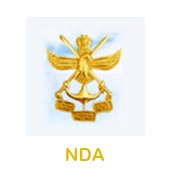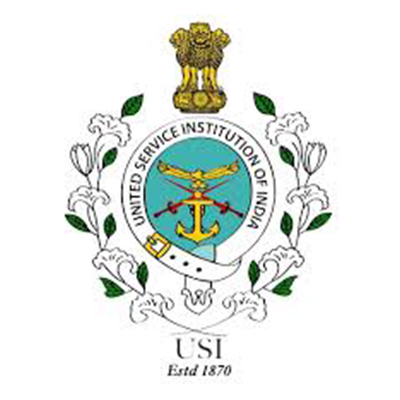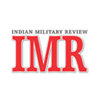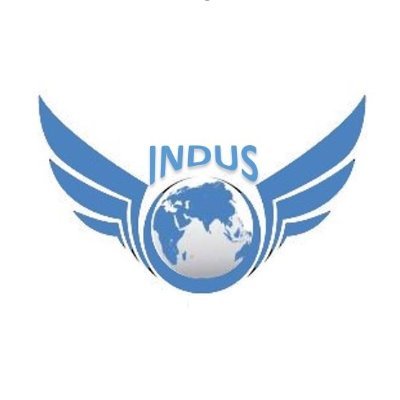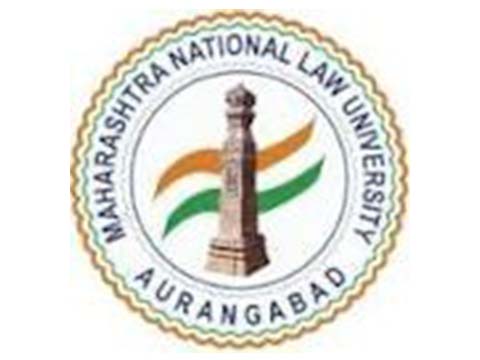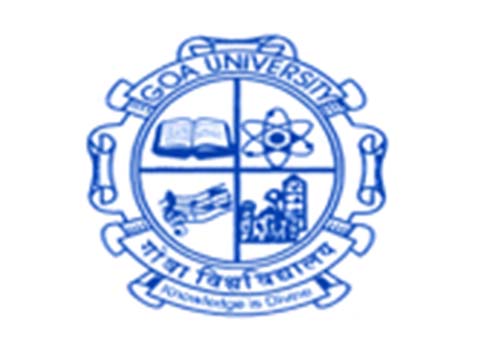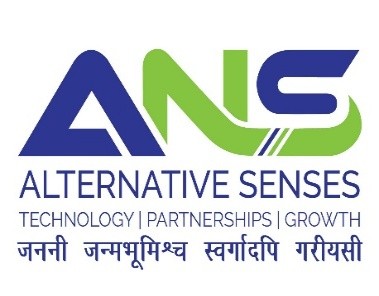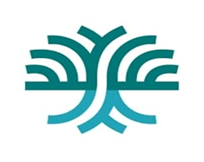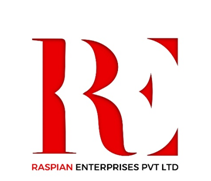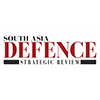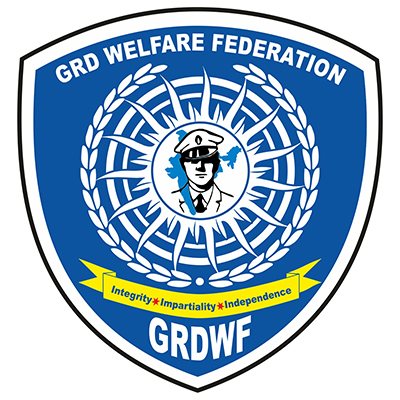Posted on | 09-Apr-2018
IMPLEMENTATION STRATEGY FOR HARNESSING THE FORCE MULTIPLIER EFFECTS OF SOCIAL MEDIA FOR THE INDIAN ARMED FORCES
1. Opening Remarks. Lt Gen Vinod Bhatia, PVSM, AVSM, SM (Retd), Dir CENJOWS welcomed all participants to the RTD. He mentioned that social media is now a part and parcel of life and it is time that the armed forces fully understand the power of social media. The Army Cyber Security Policy issued in year 2013 was preventive and restrictive in nature due to low understanding of social media issues at that time and there have been considerable improvements in subsequent policies. However social media campaigns are still being run based on rules and regulations, which is not viable anymore and we need course correction to get us back on the right track. Vice Admiral Atul Kumar Jain, HQ IDS complimented CENJOWS for discussing such an important issue and hoped that valuable suggestions would come out of the round Table Discussion. He emphasized the importance of awareness of the pitfalls of social media which clearly brings out the necessity of imparting training to all ranks of the armed forces.
2. Social Media in the Indian Armed Forces : A Reality Check. Maj Gen Ravi Chowdhary, VSM, ADG IS, informed the house that the latest Social Media Policy issued by ADG PI in 2016 is a balanced policy and a much improved version of the 2013 policy. He mentioned that increased connectivity has led to more conflicts and in this digital age the new G-7 are Finance (US), Regulatory (EU), Construction (China), Migration (Turkey), Spoiler (Russia), Energy (Saudi Arabia) and People’s Power. The new social media realities consist of enabling technologies, business technologies, liberal democracies supporting ‘freedom of speech’,switch from seven degree rule to two degree rule for connectivity wherein anyone can connect to a social media platform and the platform in turn connects to the entire world, global commonality, operating in cyber space without regulations and dilution of state sovereignty. The extensive reach of social media invariably leads to digital insurgency. This digital insurgency creates disaffection against a legitimate government while being camouflaged as liberal democratic practices. In such a scenario, fundamentalist thoughts propagated without any counter, tail wind is provided by political opposition and negativity is spread while operating just below legal threshold and aided by adversary nations. The service dynamics that flow out of this situation are exploitation of grievances aired on social media by inimical agents, divisive discussions on social media platforms, identity theft and spread of disinformation. The scenario in J&K indicates that a large number of people are engaged in spread of anti national posts with the aim to maintain the narrative of despondency. The archaic structure of Indian Army is inadequate to deal with this social media campaigns it is based on a reactive system. The defensive measures which can be taken by us are constant education of troops, cultivation of self respect among troops, regular and participative interaction with troops at unit level and a home grown/indigenised social media platform for citizens/soldiers of the country. In conjunction with defensive measures, offensive measures which can be taken are establishment of designated social media teams having a coherent plan, carrying out social engineering attacks and extensive use of bots.
3. Opportunities and Challenges of Social Media for the Defence Services. Air Marshall S Sriram (Retd) said that the global reach of social media is both its strength and its Achilles heel. Armies worldwide are preparing to deal with spread of insurgency through social media. UK has commissioned 77 Brigade for this task, ISPR is the psy warfare centre of Pakistan and US, Russia and China have dedicated social media cells. The opportunities presented by social media for soldiers are that it helps troops keep in touch with families, provides for an instantaneous redressal system, eliminates requirement of proximity of troops and commanders, helps in building knowledge base and assists soldiers in choosing a second career. The organisation can make use of social media for distance learning courses/training, formulation of doctrines, interaction with global communities, faster resolution of legal cases, enhancing transparency, on line pay and pension accounts, enhancing welfare facilities, communication with public and media for perception shaping and providing early warning during HADR. The challenges which social media brings before us are the requirement of a proper strategy, allocation of resources for this strategy, cultural and organisational changes, change of mindset to deal with social media, training of personnel and families, coordination/synergy among stakeholders and a dedicated organisation to deal with social media.
4. Implementing Social Media in Defence : The Way Ahead. Lt Gen Vinod Khandare, PVSM, AVSM, VSM (Retd) said that for maximum impact it is imperative that PROs of service HQs should attend such RTDs/seminars. Since JCOs/OR are the largest users of social media it is essential that they be trained adequately regarding the use and pitfalls of social media. Cyber audits must incorporate awareness capsules during audits. The armed forces need to be aware of the social media policy. Language is the biggest impediment in our social media campaign in Kashmir and we need a solution for this. At the national level we need indigenous/home grown platforms like Whatsapp with own data servers and data farms. We need a dedicated organisation to carry out perception shaping through social media in our country. Youngsters with a talent for such tasks need to be identified at SSB level. All human resources like veterans, non-empanelled officers and young men and women with a technical bent of mind need to be pooled in and used for perception shaping.
5. Harnessing the Force Multiplier Effects of Social Media for the Indian Defence Establishment. Brig Deepak Malhotra, Senior Fellow, CENJOWS said that this being an important and contemporary issue, it is being discussed for the fourth time by CENJOWS. He highlighted that social media has already pervaded all sections of the armed forces and hence there is no option but to formulate a strategy to effectively leverage the force multiplier effects of this new media. The officer gave out various recommendations to implement social media in the armed forces which have been mentioned in the key recommendations below.
6. Closing Remarks. Lt Gen Vinod Bhatia, PVSM, AVSM, VSM (Retd), Dir CENJOWS thanked all the participants for contributing towards this important topic. He emphasized the need to carryout training of all ranks as well as the need for the armed forces to imbibe the change brought about by social media. He said there are a lot actions we can take to ensure safe use of social media while harnessing its force multiplier effects.
7. The round table discussion gave out key recommendations to harness social media as a force multiplier for the Indian armed forces. These are listed below :–
(a) Training. The social media space is fraught with dangers which can have adverse effects on the operational security. Meaningful and effective training thus needs to be carried out for all ranks educating them to use and be aware of the risks of social media. The following issues merit attention:-
(i) JCOs and other ranks are very ignorant of the risks of this space and hence urgent emphasis need to be give to their training on priority.
(ii) Imperative that comprehensive and practical training be imparted from the lowest level to the highest level , ie, at all levels from category A to category B establishments.
(vi) Effective training will ensure that all military personnel are aware of the pros and cons of the social media space leading to enabling military personnel.
(b) Constructive Regulation. While there is need for a strong oversight mechanism to ensure operational security, however at the same time it is imperative to have constructive regulation so that the right message to all service personnel.
(c) Accountability and Responsibility. To ensure that proper training, use and regulation of social media happens it is a must to have a proper accountability and responsibility. To this extent social media officers need to be detailed down to unit level to ensure strict compliance of the guidelines issued by the service HQs.
(d) Selection of Personnel. There is a need to select to personnel with a knack of handling social media. Such persons could be selected right at the SSB. Women Officers are also suited to perform these functions very effectively.
(e) Flexible Working Hours. In the social media space the activity more often than not starts gaining traction after office hours. In order to be responsive personnel dealing with social media need to have flexible work hours to react to the posts without delay.
(f) Change of Mindset. The defence forces have been reticent by nature and loath to transparency. The fast moving and changing world of Social Media requires the armed forces to also change its mindset towards operating in this new dimension of warfare. The change has to come from the top so that structures and policies are created which are enabling rather than restricting ensuring that every soldier is a virtual information warrior.
(g) Organisational Structures. The social media domain is expanding at a very fast pace leading to emerging complex dynamics of operation in this space. The present existing structures in the armed forces are neither optimal nor adequate due to the vast scope this emerging media. Effective handling of social media space thus requires establishment of a dedicated organization. There is a requirement to assess the organizational structure for effectively leveraging all aspects of social media. The aspects of Social Media, Psychological Operations (PsyOps) and Public Information(PI) are closely intertwined with each other and hence need close coordination, synergy and management. Thus, it is recommended to that all these domains of Social Media, Psy Ops and PI should operate under one umbrella organisation.
(h) Social Media Monitoring Centres. Timely response mechanism needs the armed forces to be proactive on all social media platforms. To ensure that current issues are responded adequately, needs creation of monitoring mechanisms so that all platforms are monitored and the correct and true perspective is posted to defeat any false propaganda. Monitoring also gives information of a likely developing situation indicated by sentiment analysis, thus giving lead time to prepare a timely response. Monitoring social media will enable the armed forces to be active than reactive. These social media monitoring centres could be established initially at the apex level of the three service Headquarters and in phases be opened down at subordinate formation Headquarters.
(j) Leveraging Celebrities. The impact of social media is felt by the changing sentiments and the hot trending topics which indicate the mood of the environment and specifically the targeted population. To run a successful social media campaign, it is imperative that a large section of the population tweet and post comments in our favour indicating a positive and a successful campaign. However, to manage huge crowds for running a successful campaign is not an easy proposition. However certain celebrities who are closely associated with the defence forces being honorary members of the armed forces need to be leveraged to carry our message to the masses. Their huge fan following will impact the sentiment towards the truth in our favour and defeat the evil designs of the enemies of the state.
(k) Pre-and Post-Crisis Management. Effective handling of crisis necessitates pre-and post-crisis management which is woefully lacking in the armed forces in the social media domain. There is thus a need for pre-crisis and post crisis planning at each stage with clear cut responsibilities and authority delegated to the subordinates to ensure that real time response can be generated. Most important in the whole game is to be able to draw an assessment at the end of the incident so as to draw post incident analysis for future. This needs incorporation of domain experts.
(l) Sentiment Analysis. Among the main aims of a social media campaign is managing the sentiments of the target populace by running carefully managed campaigns. Victory goes to the player who manages the sentiments in his favour. Sentiments also indicate the corrective action needed if any to effectively turn the sentiments in our own favour. Hence sentiment analysis is a vital aspect of social media domain which needs specialized attention. The social media organization should use all means including technical to gauge and turn the sentiments in our favour.
(m) Regional Forums. Just like print media, social media is very active at large number of regional forums in various languages. Hence to restrict our campaigns in English or Hindi only would be ceding space to anti national elements on the regional forums. Hence exploitation of all regional forums is essential in the Indian context.
(n) Special Operations. Social Media operations need to be classified as special operations and handled accordingly. The fast-changing nature of social media and its wide ramifications necessitate specialized supervision, management and selection of personnel for this job.
(o) Smart Phones. Smart Phones are the weapons and tools of social media. There is a need to examine the mobile device management techniques to ensure safe usage of smart phones by members of the armed forces.
(p) Indian Social Media Platforms. Using social media platforms such as WhatsApp and Facebook which are owned and operated by foreign companies increases the vulnerabilities of our armed forces. The data being generated on these platforms is being used by foreign nations for leveraging it in the social media domain. India being the IT hub of the world should be able to launch a social media platform akin to WhatsApp with servers and data farms in India so that vital and sensitive data is not leaked out. Necessary collaboration between government departments need to be encouraged to generate this valuable tool.
(q) Mobile Applications. The wide proliferation of mobiles in the society has made mobiles an apt platform for disseminating information. The armed forces should consider launching mobile apps to engage with the serving and retired fraternity. These apps would be an easy way to spread the right message with speed and dispel any false propaganda by anti-national elements. These in house developed mobile apps by the armed forces will facilitate faster dissemination of information while ensuring operational security.
(r) Leveraging the Veteran Community. The Indian Armed forces have a huge veteran community who can be leveraged for successful conduct of social media campaigns. The defence forces need to reach out to the veterans so that the correct message is spread to the masses. This will go a long way in defeating the false propaganda of the antinational elements. The veteran community should be an intrinsic part of our social media warriors.
(s) Collaboration with Industry to Leverage Social Media for the Armed Forces. Close collaboration with industry will pave the way forward to successfully leveraging the social media domain. Some of the aspects in which the industry can help out are :-
Glorifying our heroes using social media platforms such as Facebook, Twitter to run positive social media campaigns in support of the defence forces. Making ‘Follow our Heroes Campaigns’ in example of one such campaign.
(ii) Running campaigns highlighting the Samaritan work by the defence forces in support of the common man as part of ‘Winning the Hearts and Minds of the People’. Initiatives such as ‘Sadbhavna’ being implemented by the Indian Army in Jammu and Kashmir, need to be brought to the knowledge of the population by collaborating with the industry. Such campaigns willgo a long way in changing the perception of the armed forces especially in the Kashmir valley and across the whole nation.
(iii) Collaborating with the industry for launching campaigns and advertisements on all social media platforms which will help in recruitment of suitable candidates.
(iv) Employment of veterans by the Industry for running social media campaigns for the Indian Defence forces. The veterans have got in depth knowledge of the functioning and requirement of the armed forces which can be leveraged by both the industry and the defence establishment.
(t) Dissemination of Policy Guidelines. To ensure compliance it is essential that the guidelines are disseminated to the last man. The United States social media policies are available on the internet for all to see. Accordingly, the social media guidelines for our defence forces should be hosted on the internet which will ensure wide dissemination of policy guidelines leading to more effective policy implementation. This will go a long way towards ‘education and regulation’.
(u) Hosting Unit Pages on Internet. The Indian defence establishment should consider hosting of unit pages on the internet. These endeavors will go a long way in bringing to fore the rich history, traditions and accomplishments ofour defence forces. Such actions will only bring more pride to the armed forces and raise the morale of the defence personnel. Such initiatives will also increase collaboration with our veteran community towards common goals.
(v) Response Mechanism. The aspect of information void following an incident causes the defence forces to cede ground to conjectures which are at best avoided. Silence and failure to involve the media may lead to conjectures which will benefit the adversary who is trying to propagate the false story. Our response should be truthful and without any delay. Accordingly, structures and policies must be created to ensure an immediate response mechanism. The speed of social media is too fast for handling by our structures and hence the need of the hour is to balance our structures and have a critical look at our procedure of approvals for social media.
(w) Creation of Core Groups for Content Generation. The secret to success in the Social Media space is content generation and management. The running of successful campaigns need content generation by experts and hence the need to create core groups for campaign management. The core group should have full knowledge of the requirement of leaders at the apex level which will accordingly be manifested in the campaigns. Designing themes for campaigns needs a high level of expertise. Hence the need to create a core team at the highest level for content generation which is then passed down to all selected levels for dissemination and further momentum. Experts from the armed forces need to be selected and earmarked for this vital job which is the start point of a successful social media campaign. The core groups should preferably be composed of serving defence personnel only.
(x) Big Data Analytics and Artificial Intelligence. Big Data Analytics coupled with Artificial Intelligence is the future of all data platforms in the world of computing. Social Media platforms are a rich source of information which can be used by the defence forces in furtherance of their operational objectives. Important information can be mined using big data analytics and prediction analysis carried out using artificial intelligence. The armed forces need to step into these domains with urgency producing professionals who will be an asset for managing social media contents and platforms.
(y) Hiring of Professionals. The ever-evolving field of information operations requires in depth technical knowledge of using and leveraging various social media platforms. While the core group should remain with the defence personnel, specialized tasks should be carried out by hiring experts from the industry. Certain functions of Social Media need to be outsourced so that the specialized functions can be handled professionally. Thus, the organizational structure should cater for hiring and outsourcing of specialized functions for effective social media management.
(z) Social Media Strategy. To effectively leverage the Social Media space a long-term strategy has to be worked out to encompassing all facets of structures, policies, training, human resource and oversight mechanism and its integration with the operational domain. Social media management needs an integrated approach and whole of government approach incorporating the academia, industry and the government.

